
As anglers, we tend to focus mainly on the how of things. For instance, we love to debate the color and size of different flies or nailing the right drift or the delicacy of our presentation. Those are all key elements of catching trout, but we’re putting the cart before the horse a bit.
If we take some time to understand why those different factors matter, then we can develop effective strategies and techniques for catching trout and do away with all the strategies and techniques that simply don’t work. As for those elements we mentioned? Well, there’s one factor that ties all of them together and it comes down to how a trout’s vision works. Once you think about it, that’s everything to a trout angler because vision is everything to a trout. Of course, this isn’t new information. In fact, in his 1952 book “Fly Fishing for Trout” by the ironically named Richard Salmon, he puts it nicely:
“The most important of all the trout’s senses is sight. The largest part of each hemisphere of his brain is devoted to vision; the size of these lobes compare roughly, in proportion, to the size of our cerebrum with which we think and reason and which is of greatest importance to us. We live by our wits; a trout by his eyes. He must see his food in order to get it. Most of us telephone for ours.”
So, instead of skipping to the how, let's take a few minutes and look at the why and learn about what a trout can actually see and how they see it. Then, once we get a basic understanding, we can offer a few tips for sneaking up on trout and getting more looks.
__
What Do Trout See?
Spoiler alert: trout are different from humans. While this is obvious from the fact that they don’t have hair, arms, and legs, it’s easy to fall into the trap that sight is sight. That couldn’t be further from the truth. Nearly everything about a trout’s eyes is different from ours, and we’ll try to paint a picture of what life underwater may look like.
In the Periphery
One of the most interesting things about a trout’s vision is the way their eyes function and how placement affects that function. You may have noticed that predators generally have forward-facing eyes for stalking prey and most other species have eyes on the side of their head, for detecting the aforementioned predators. Well, trout fall into a bit of both categories, with the ability to see in multiple directions at the same time: forward, left side, right side, and even above. In an article for American Angler, author Jason Randall describes their perspective:
“One difference between a trout and human eye is the shape; trout have an elliptically shaped orbit as opposed to ours, which is spherical. The elliptical shape allows for two simultaneous focal lengths, one to the front and one to the side,” he writes. “A sharp, forward-looking field of vision is useful for feeding right in front of a fish’s nose. A notch in the forward edge of a trout’s pupil allows it to better see across the bridge of its nose. At the same time, the second focal length keeps the lateral, far field of vision in perfect focus, which helps with things like the detection of predators. That would be like having your peripheral vision in perfect focus at all times. You might say trout are nearsighted to the front and farsighted to the side.”
Trout can see in just about every direction, with a blind spot directly behind them and another directly above them and to the side. Not only do they have a wide spectrum of sight, but they also see through those eyes independently. It’s hard to imagine what this may actually look like because, as humans, our optics are connected and interpreted through our brains to create one image, whereas a trout sees out one side and then out another side. As you’ll learn in a bit, this works both for and against them, which is something we can exploit as anglers.
Lens-Less Optics
Our eyes are designed to pick up light traveling through the air. So, when we open our eyes underwater, we’re unable to deal with the refraction of light and that’s why images seem blurry. For a trout without eyelids and with an elliptical lens, their eyes are designed to interpret light moving from liquid to more liquid. Essentially, they have the opposite vision that we have, able to see minute details underwater but, as soon as you lift them out of the water, it’s a blur.
Another difference? Humans can adjust the shape of their lenses to refocus at long distances. Trout do not have that ability. However, trout can move their entire lens forward and backward using a muscled called retractor lentis, similar to a camera lens’ focusing ability. But, this function is fairly limited, so they have incredibly sharp vision in short distances, but not great long-distance vision.
Movement, Color, and Outlines
But, just because trout don’t see clearly at long distances doesn’t mean they can’t detect you at long distances. As we mentioned earlier, they see images independently through each eye, which means they get an incomplete picture in some cases, and need to rely on shadows and movement more often than details.
And, because of water refraction, they have a wider field of view the deeper they are in the water, due to the angle of the light. But, if the water has a strong current or is muddied at all, that could affect their line of sight as well. Another thing to keep in mind is the motion of the water on the surface. You may think still water is easier to see through, but trout can actually pick up more movement and contrast on the surface when there are waves. The higher the wave, the more they can see.
Think of it this way: If a trout needs water to see, an elevated area of water like a wave, gives them a peek above the surface and extends their range. With still water, they’re only able to see at surface level and can’t see anything outside of their range. A trout’s maximum range, then, would be in moderately deep (maybe three to five feet), ultra-clear pools with some amount of activity on the surface.
How to Sneak Up on Trout
So, what do we do with all of this information? Well, now that we know how a trout’s vision can work, we can start to build strategies based on that vision. Here are some key tips for being able to sneak up on spooky trout:
Don’t Act Like a Predator
We actually didn’t cover this one, but it’s worth pointing out. Trout are particularly worried about large birds dive-bombing them from above, so shadows cast over the water will instantly trigger them to danger. If you’re creeping up on a fishy-looking spot, keep a low profile and do your best to keep the sun on your face.

Move Slowly
Trout have evolved to be able to take advantage of surface motion, so it’s best to move slowly through the water and not create waves. But, even outside the water, trout can pick up on movements, so keep calm and steady when you’re making your approach.
Camo or No Camo?
Long story short, it probably doesn’t matter too much what you’re wearing. We’d advise against going with neon colors for everyone’s sake, but earth tones are just fine. Trout interpret colors much differently than we do, especially as they get older, and mainly cue in on different shades of blue, black, and contrasts in the water.
Approach from Behind
Just about the only blind spot a trout has is directly behind them. So, if you’re able to spot a fish or have a general idea as to where they are, try approaching them from down river. Not only does this make for easier casting and drifts, it also may allow you to get closer to the trout without spooking them.
Exploit Their Weakness
In certain situations, you can use a trout’s independent vision to your advantage. What may be blind in one eye, could be crystal clear in the other, so start to think about what you want the trout to see and what you don’t want the trout to see. For example, if you’re approaching from a trout’s left side and you are hidden by the background and/or the sun is directly in the trout’s eye, you’re probably well-hidden. But, your fly will be well-hidden if you cast to the same side, too. So, try casting over the trout and drifting your fly on the side it can see out of. You’ll be hidden and your fly will be in its view. Keep this in mind during different situations and you may be able to give yourself a leg up on the competition.
Beyond catching more fish, it’s the sign of a well-rounded angler when they know a thing or two about their target. By studying trout (and other fish species, for that matter), we begin to get a deeper understanding of the animal we love and love to interact with. With understanding comes respect, and with respect comes responsible treatment. So, what’s something new you can learn about trout before your next trip? It may be hiding in plain sight.


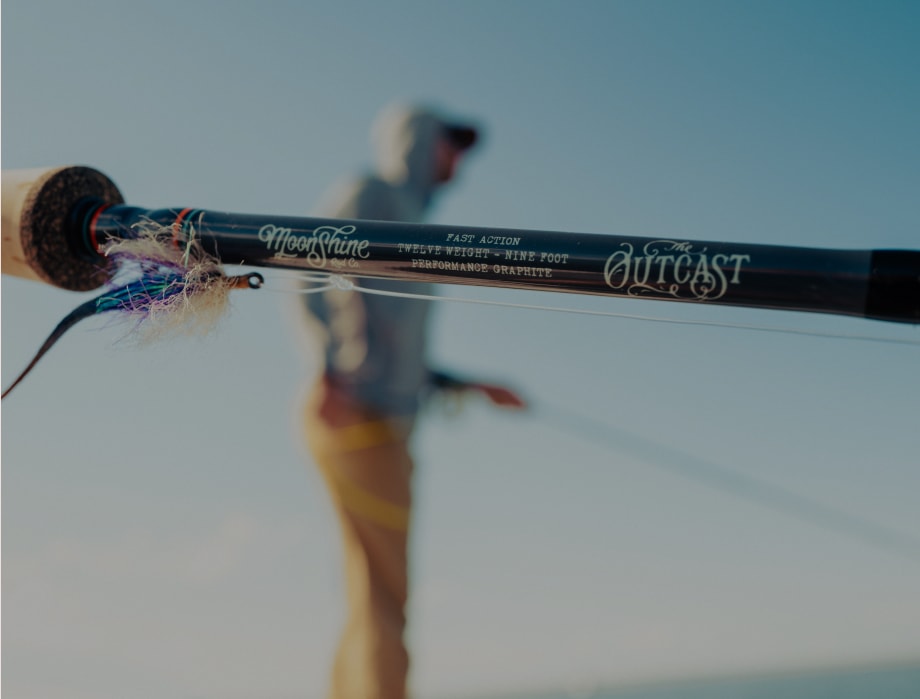
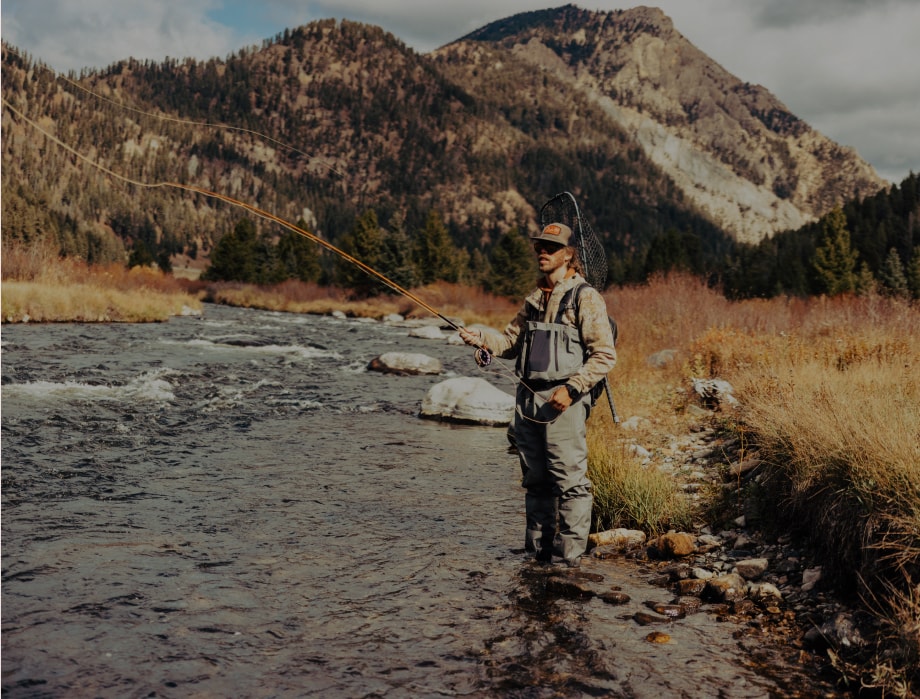
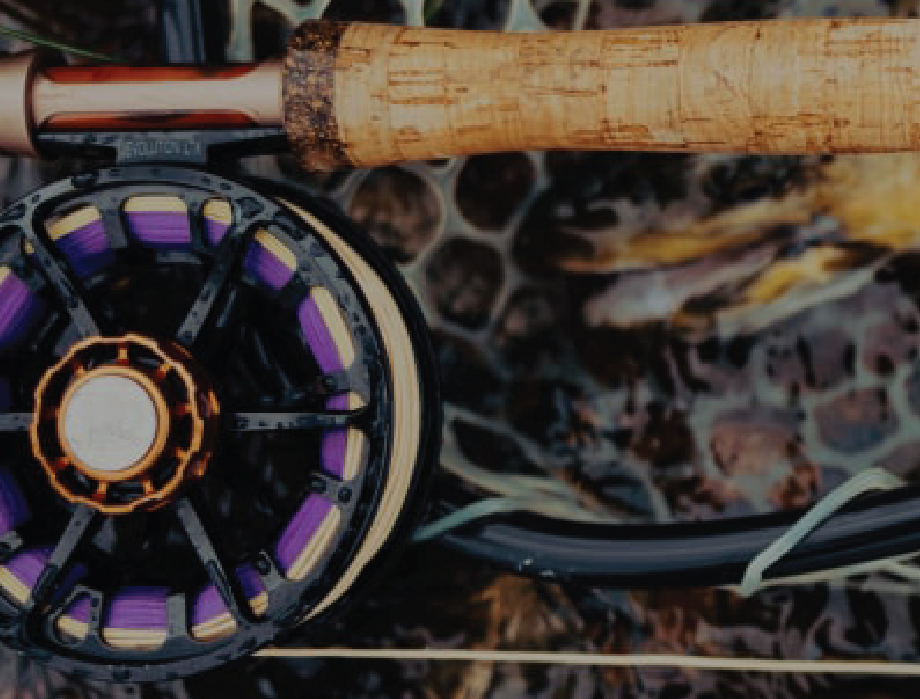


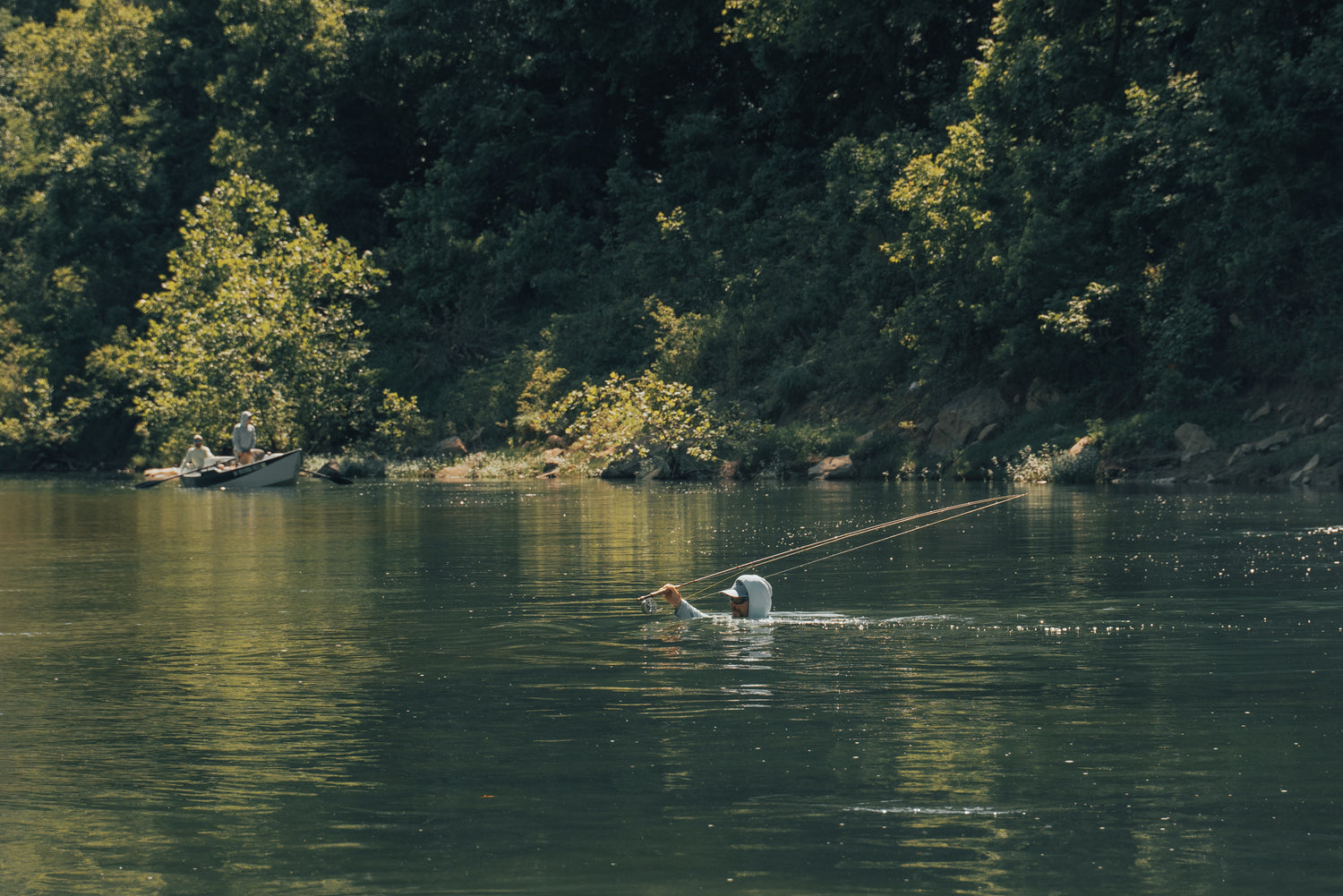
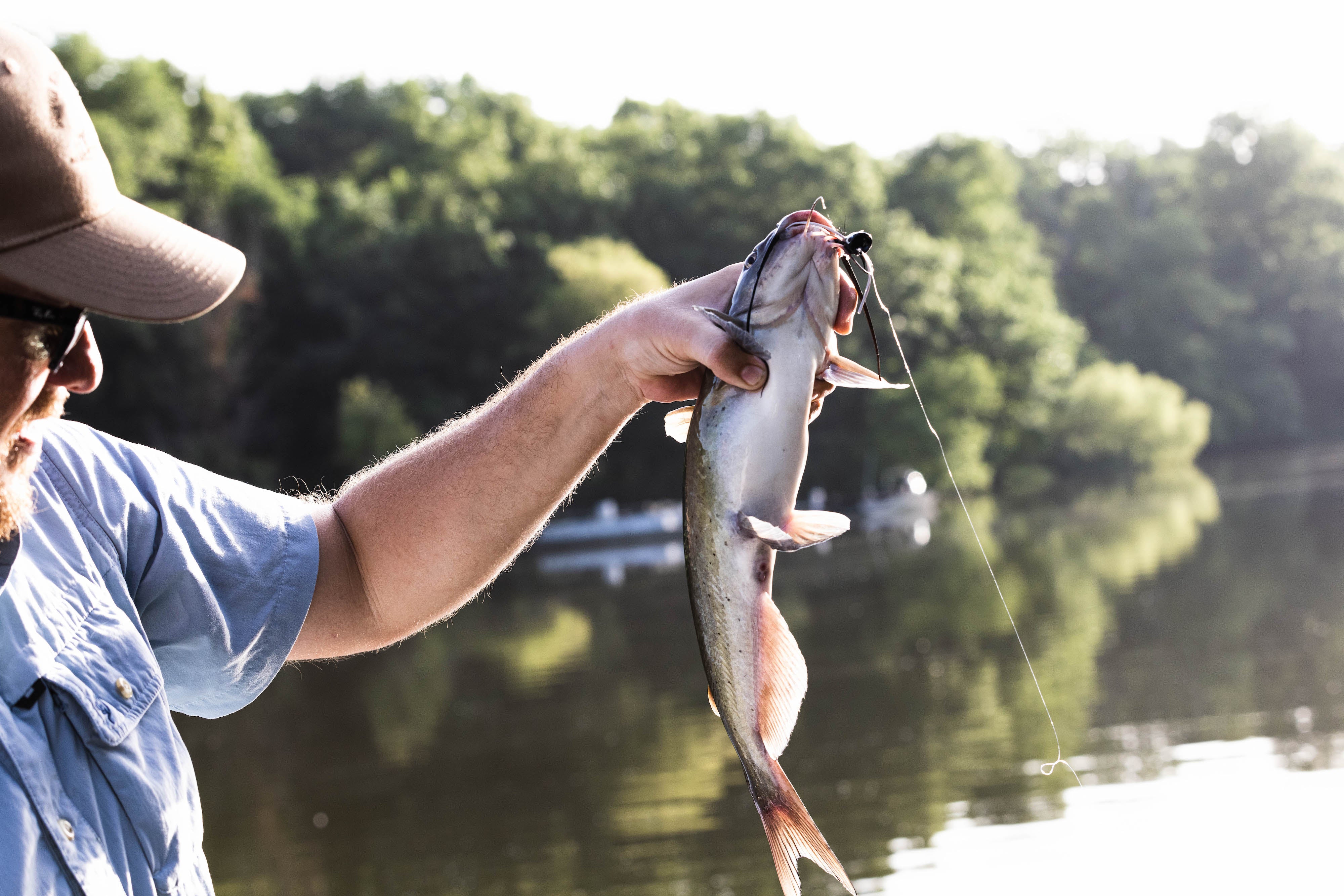
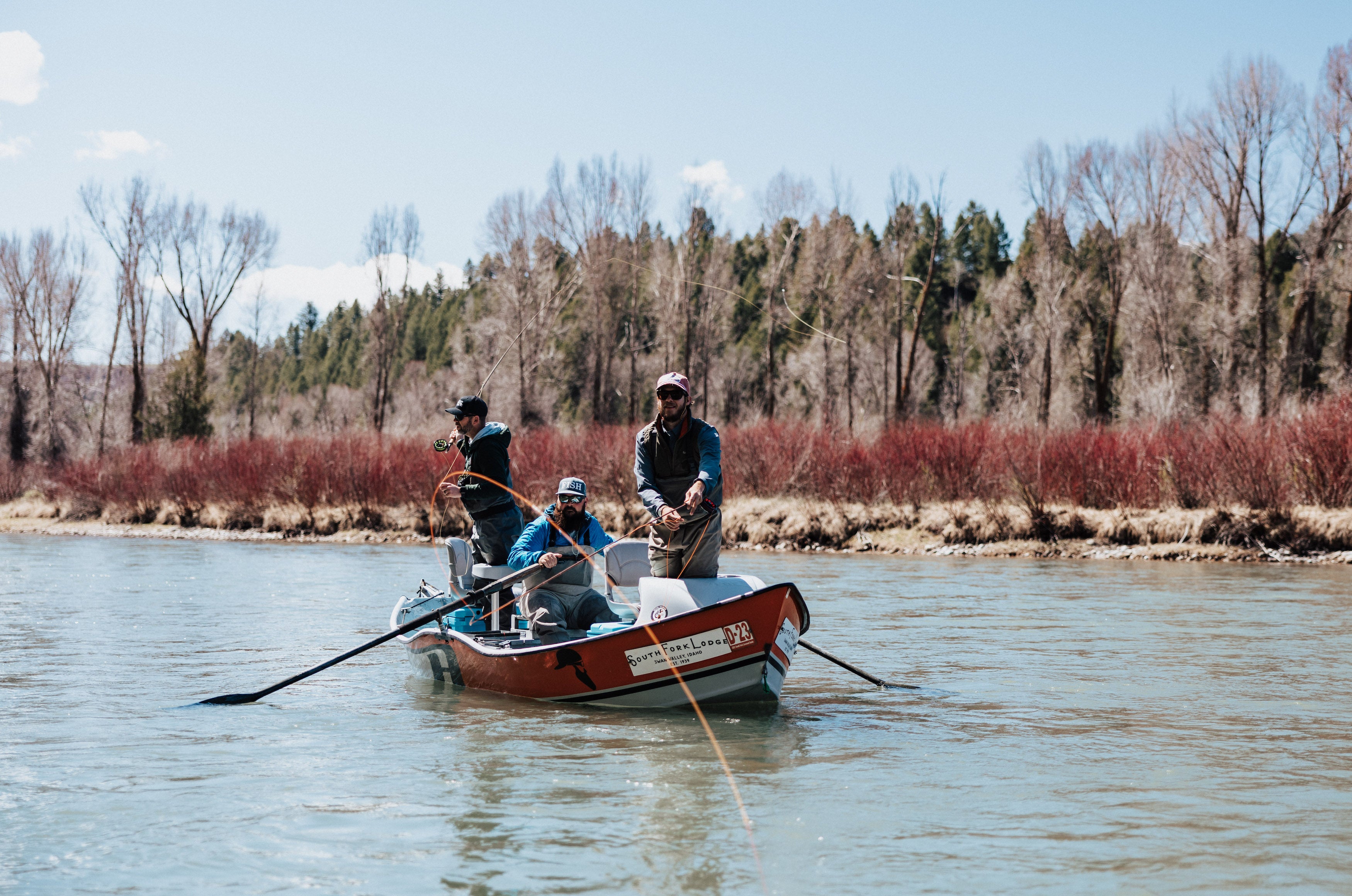
1 comment
stephen purvis
This is so great! Me for one, did not know
these important facts to file in your library and open the book next time on the water! again, Thanks Stephen
Leave a comment
All comments are moderated before being published.
This site is protected by hCaptcha and the hCaptcha Privacy Policy and Terms of Service apply.